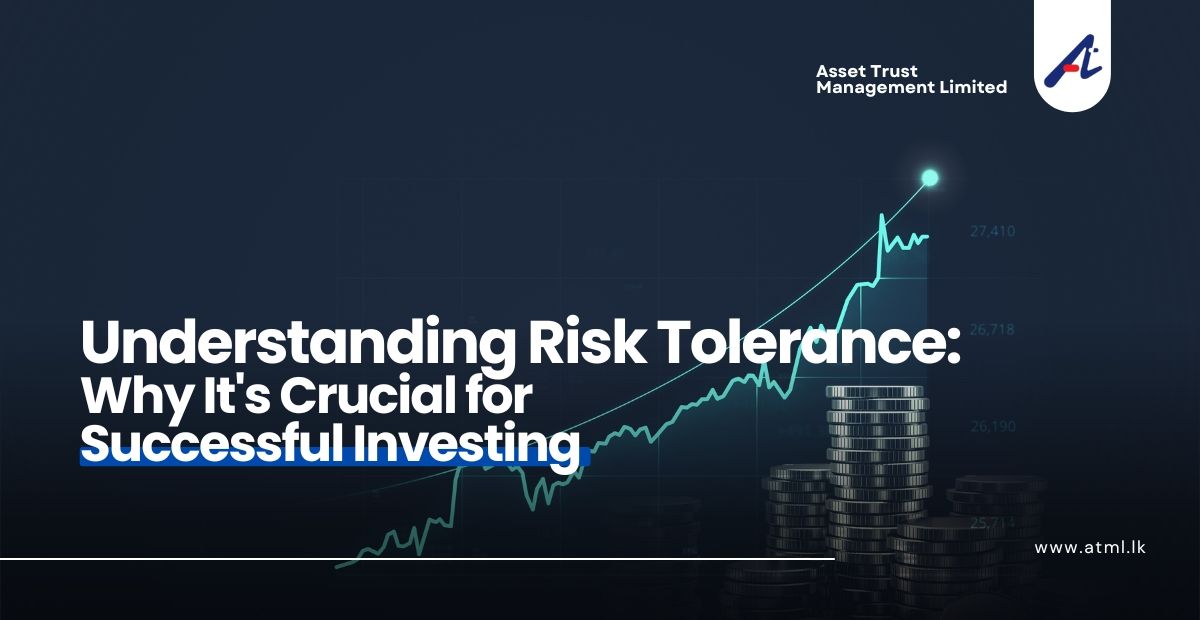Understanding Risk Tolerance: Why It's Crucial for Successful Investing

Understanding Risk Tolerance: Why It's Crucial for Successful Investing
Posted on 2025-02-05 17:46:14
Risk Tolerance Level refers to an individual's ability and willingness to take on risk when making investments. It encompasses both the emotional and financial capacity to withstand fluctuations in the value of investments. Your risk tolerance is shaped by several factors, including:
- Financial situation: How much risk you can afford based on your income, savings, debts, and overall financial stability.
- Investment goals: Whether you're saving for short-term or long-term goals. The more distant your goal, the more risk you might be willing to take.
- Time horizon: The length of time you plan to invest before needing the funds. Longer time horizons often allow investors to weather short-term market volatility.
- Personality and experience: Some people are naturally more risk-averse, while others are more comfortable taking on uncertainty in hopes of higher returns.
Why is it important to know your Risk Tolerance when investing?
- Helps build an appropriate investment strategy: Knowing your risk tolerance ensures that you build a portfolio that aligns with your ability to manage risk. If you're highly risk-averse, you may prefer bonds and stable investments, while those with a higher risk tolerance might be comfortable investing in stocks, commodities, or other volatile assets.
- Prevents emotional decision-making: During market volatility, it's easy to panic and make hasty decisions, like selling investments during a downturn. Understanding your risk tolerance helps you remain calm and stick to a long-term strategy.
- Optimizes returns: If you take on more risk than you're comfortable with, it may cause you to exit investments too early, possibly missing out on long-term growth. Conversely, taking too little risk may result in underperformance, especially if inflation outpaces your returns.
- Aligns with your financial goals: Different risk levels are suitable for different financial objectives. For example, someone saving for retirement 30 years from now might be able to take on more risk than someone planning to buy a home in the next few years.
- Risk diversification: By knowing your risk tolerance, you can make more informed decisions about how to diversify your portfolio. A balanced approach that reflects your comfort with risk can reduce the overall risk of your investments.
Key Takeaway
Understanding your risk tolerance is critical to crafting a personalized investment strategy that aligns with your goals, time horizon, and emotional comfort level. It prevents emotional reactions during market fluctuations, maximizes the potential for gains, and keeps you on track to meet your financial goals.
